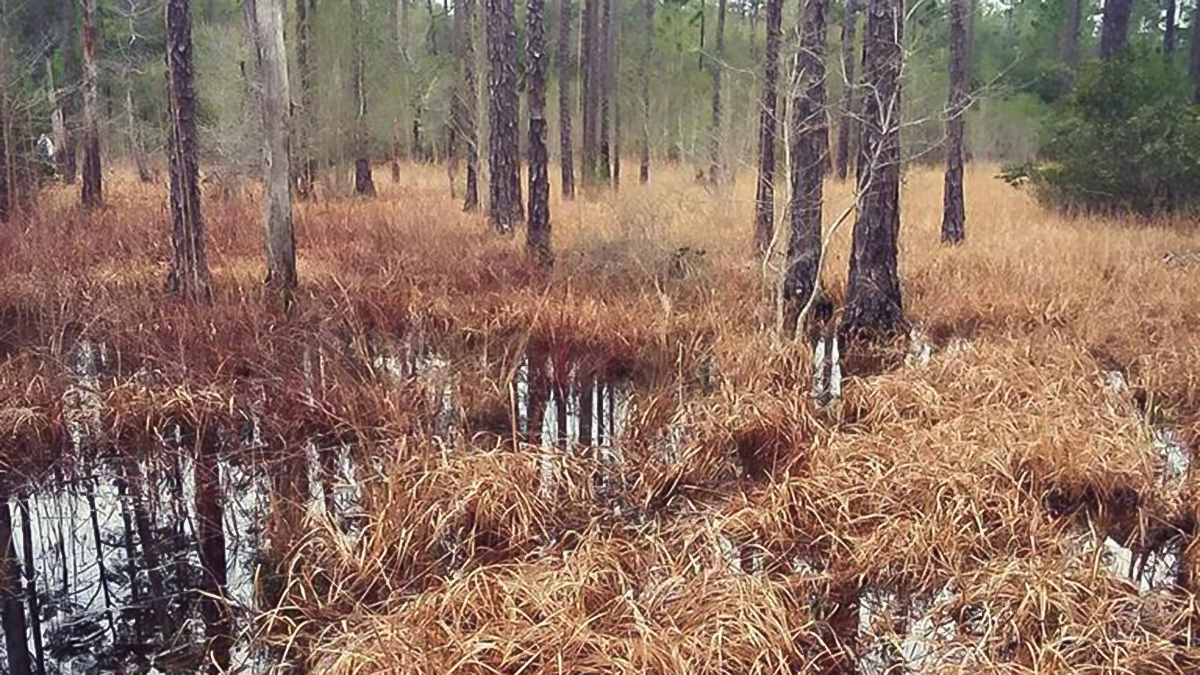Blogger David Tilson explains, “Wetlands are transitional zones between land and aquatic ecosystems. Wetlands are characterized by three things: saturation, the presence of hydric (low-oxygen) soils, and hydrophytic (water-loving) plants.”
- Saturation: The amount of saturation can vary greatly between wetland types. Ephemeral pools for example, are small depressions that fill with water in late winter and spring but are dry by late summer. You will find frogs and salamanders in these pools, but not fish.
- Hydric soils: These soils lack oxygen. In drier soils, air moves between pores. When soils are flooded, water fills the pores and prevents the air flow which creates the lack of oxygen. Most decomposers such as earthworms require oxygen, therefore organic material tends to build up rather than decay.
- Hydrophytic plants: These water-loving plants are specially adapted to growing in saturated soils with low oxygen levels. Mangroves for example, are trees that grow in saltwater wetlands and have special roots that extend above the water line, acting like snorkels.
To learn more about wetlands, read the entire blog post: https://soilsmatter.wordpress.com/2020/09/15/how-are-wetland-plants-and-soils-different-from-drier-soils/
Follow SSSA on Facebook at https://www.facebook.com/SSSA.soils, Twitter at SSSA_Soils. SSSA has soils information on www.soils.org/discover-soils, for teachers at www.soils4teachers.org, and for students through 12th grade, www.soils4kids.org.
The Soil Science Society of America (SSSA) is a progressive international scientific society that fosters the transfer of knowledge and practices to sustain global soils. Based in Madison, WI, and founded in 1936, SSSA is the professional home for 6,000+ members and 1,000+ certified professionals dedicated to advancing the field of soil science. The Society provides information about soils in relation to crop production, environmental quality, ecosystem sustainability, bioremediation, waste management, recycling, and wise land use.



